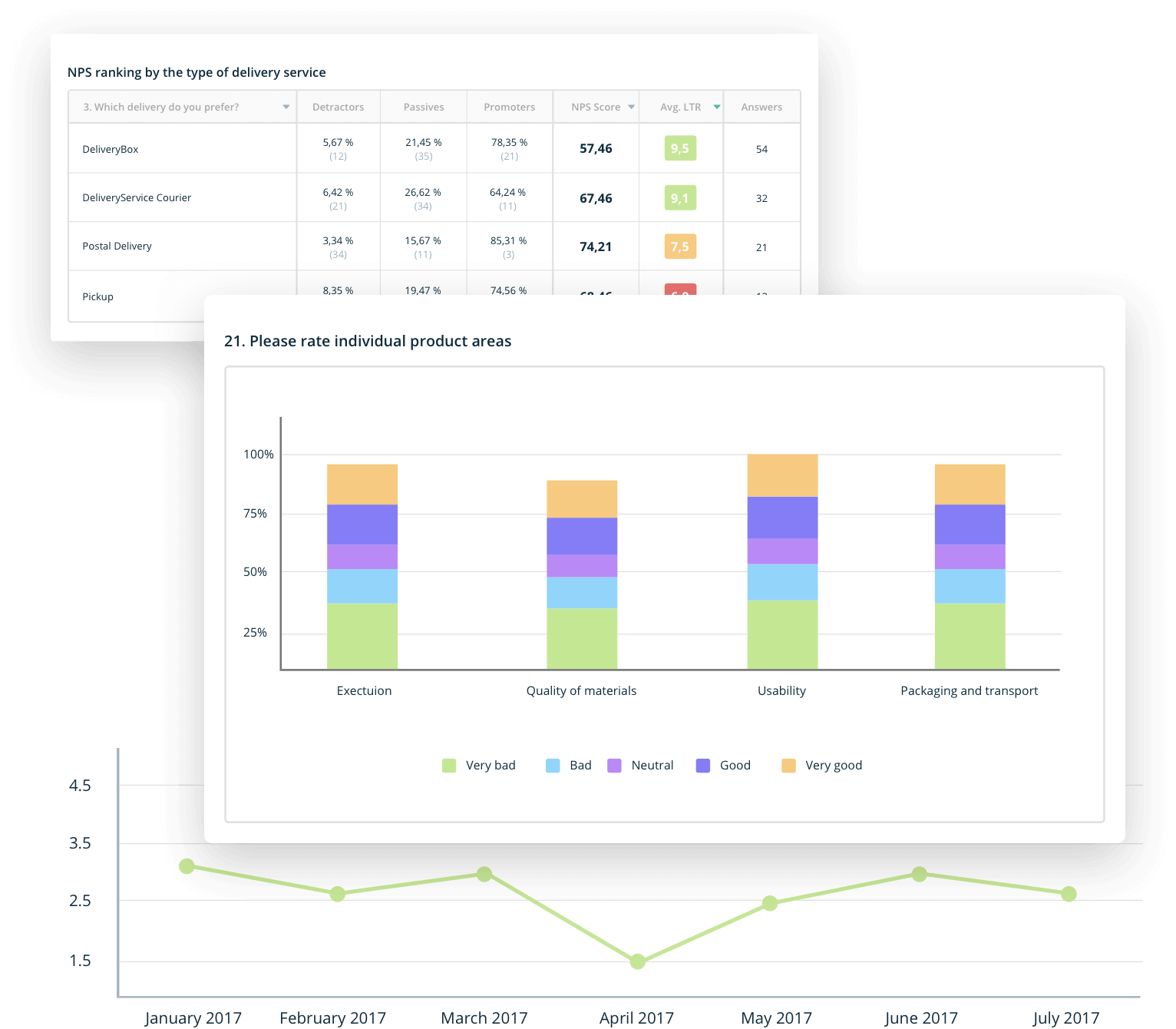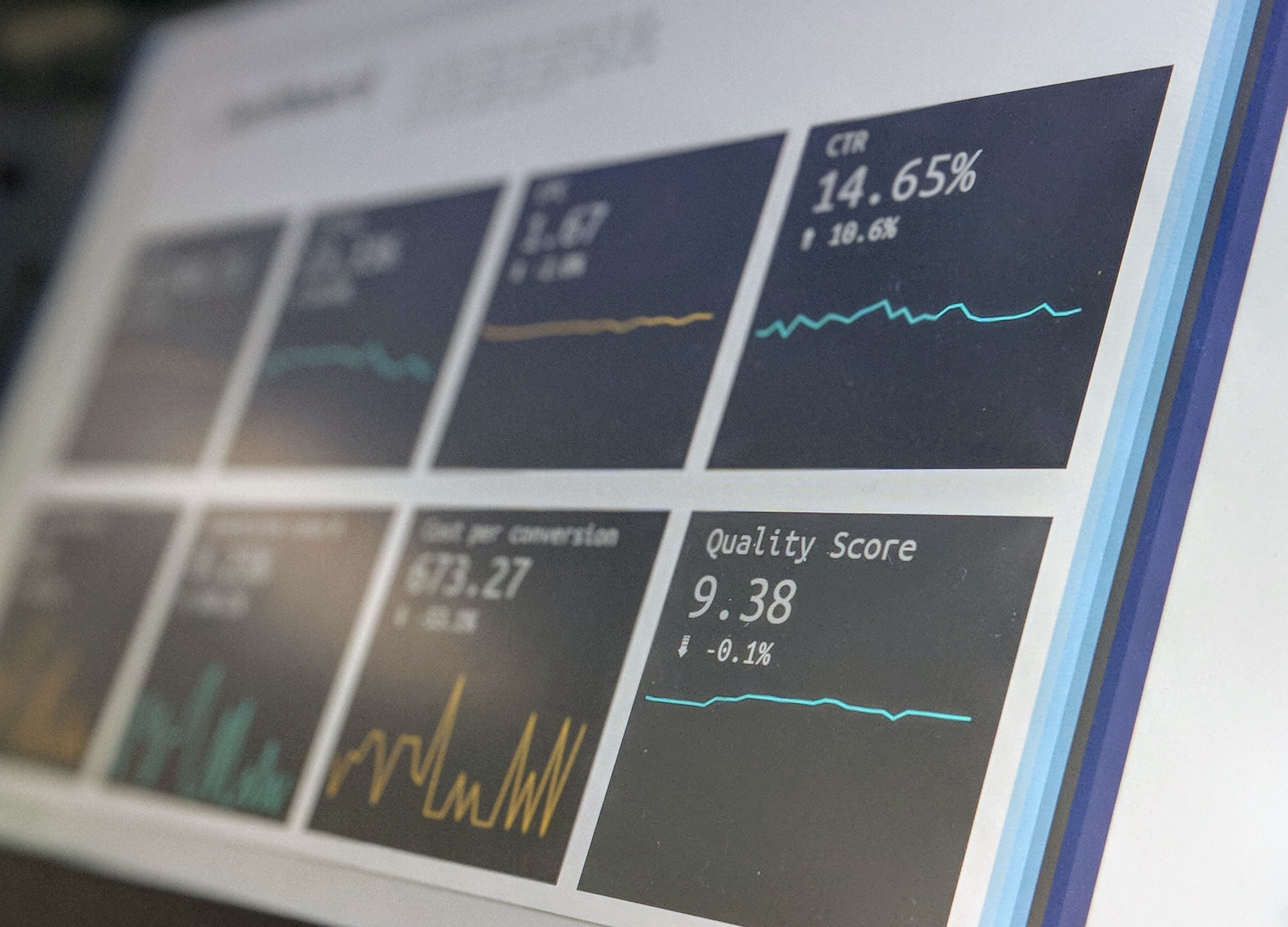Customer experience leaders understand that prioritizing customer satisfaction can increase corporate profits. While CEOs may prefer financial metrics over customer loyalty stories, this article will provide insights on how to translate customer experience investments into revenue for the company.
Even if you haven’t seen “Jerry Maguire” starring Tom Cruise and Cuba Gooding Jr., you may know this scene because it broke into the world of memes and pop culture for good.
The titular Jerry (Cruise rocks in this one!) is a celebrity sports agent. While talking on the phone, the men shout to each other, “Show me the money,” referring to the high contract that Rod Tidwell (Gooding Jr.), the main character’s client, would love to sign.
What’s this movie introduction for? Because CX professionals hear similar words from their superiors. They have to “show them the money!”.
Is It Profitable to Calculate ROI Based on Customer Experience?
Businesses should calculate return on investment through customer experience. While ROI was traditionally associated with financial investments, it is now widely recognized that customer experience significantly impacts business performance.
What is more, CEOs are no longer satisfied with vague statements about the importance of loving their customers.
– They require tangible financial metrics and outcomes to justify their investments. The CX department may be dismissed from the company if they fail to deliver results. Return on Investment is the standard measure used to demonstrate the value of CX expenditure. Therefore, companies must assess the profits generated by allocating a specific budget to CX. Otherwise, they risk wasting money without any return – highlights Piotr Sadowski, chief evangelist of the Startquestion platform.
NPS Survey Template
The Net Promoter Score (NPS) is a world-renowned methodology and one of the best business tools for researching customer loyalty. You will draw remarkably valuable conclusions with such simple to collect and valuable feedback.
NPS Survey Template
The Net Promoter Score (NPS) is a world-renowned methodology and one of the best business tools for researching customer loyalty. You will draw remarkably valuable conclusions with such simple to collect and valuable feedback.
Benefits of Calculating Customer Experience ROI
Increased Customer Loyalty & Retention
By investing in improving CX, businesses can enhance customer satisfaction and loyalty. It leads to higher retention rates and reduces the costs of acquiring new customers. Satisfied and loyal clients are likely to continue using products or services, make repeat purchases, and recommend the company to others.
Reduced Costs & Improved Efficiency
Customer experience initiatives can help identify and address pain points in the customer journey, leading to improved operational efficiency. For example, streamlining processes, reducing customer complaints, and enhancing self-service options can result in cost savings and resource optimization.
Increased Customer Lifetime Value (CLV)
A positive CX can extend the lifetime value of a customer. It increases their overall value to the business and contributes to higher ROI. Customers who have a great experience are more likely to make additional purchases, upgrade to higher-priced products or services, and remain loyal over a more extended period.
Differentiation from Competitors
In today’s competitive market, customer experience can be a key differentiating factor. Customers are often willing to pay a premium for a better experience. By investing in customer-centric initiatives, businesses can set themselves apart from competitors and capture a larger market share.
Positive Word-Of-Mouth & Referrals
Providing a great CX can generate positive word-of-mouth publicity. Satisfied customers would share their positive experiences with friends, family, and colleagues, which can attract new customers without incurring additional marketing expenses. Referrals from satisfied customers tend to have a higher conversion rate, resulting in increased revenue.
We’re aware of the benefits of a professional CX program. Let’s explore ways to measure and convert it into business indicators and financial data.
Return on Investment is the standard measure used to demonstrate the value of CX expenditure. Companies must assess the profits generated by allocating a specific budget to CX. Otherwise, they risk wasting money without any return.
Piotr Sadowski
Popular ROI Formulas for CX
The phrase “show me the money” can have different meanings. Here are some popular and valuable ROI formulas for a customer experience that you can consider.
Upsell/Cross-Sell Rate:
Description:
Upsell/Cross-sell Rate calculates the percentage of customers who upgrade their purchases or buy additional products. This metric reflects the success of upselling and cross-selling efforts, contributing to increased customer revenue. A higher upsell/cross-sell rate signifies effective marketing and sales strategies and robust customer engagement.
Formula:
Upsell/Cross-sell Rate = (Number of customers who purchased additional products/services / Total number of customers) x 100
Net Promoter Score (NPS)
Description:
NPS is a popular metric for gauging loyal customers and advocacy. It measures the likelihood of customers recommending a company’s products or services to others.
The formula for Net Promoter Score involves categorizing customers into promoters, passives, and detractors based on their responses to a simple survey question: “On a scale of 0-10, how likely are you to recommend our company to a friend or colleague?”. A higher NPS indicates greater customer satisfaction and loyalty.
Formula:
NPS = % Promoters – % Detractors (unhappy customers)
Customer Effort Score (CES)
Description:
The Customer Effort Score measures how easy it is for customers to engage with a company and achieve their goals. Surveys are used to evaluate the effort customers have to expend to resolve an issue or complete a task. The CES formula varies depending on the survey approach.
Formula:
CES = (Sum of customer effort scores for all customers / Total number of customers surveyed)
Customer Effort Score Questions
Good customer service is extremely important. However, in order to maintain it, it’s necessary to constantly measure the level of satisfaction with the service.
Customer Effort Score Questions
Good customer service is extremely important. However, in order to maintain it, it’s necessary to constantly measure the level of satisfaction with the service.
Customer Lifetime Value (CLV)
Description:
You can increase CLV by customer experience improvements. This formula considers average purchase value, frequency, and customer retention rate. It represents the net profit a company expects to earn from a customer over the entire duration of their relationship. The recipe for CLV varies based on the specific business model, but a general procedure can look as follows:
Formula:
CLV = (Average Purchase Value) x (Purchase Frequency) x (Customer Lifespan)
Customer Acquisition Cost (CAC)
Description:
Monitoring CAC helps businesses understand the effectiveness of their marketing and sales efforts and the efficiency of their customer acquisition strategies. CAC quantifies the money a company spends to acquire a new customer. It includes marketing and sales expenses, such as social media or podcast advertising, lead generation, and sales team salaries, divided by the number of customers acquired within a specific period. By optimizing CAC and balancing it against customer lifetime value, companies can ensure their revenue growth is sustainable and profitable.
Formula:
CAC = Total Marketing and Sales Costs / Number of New Customers Acquired
Repeat Purchase Rate
Description:
A high repeat purchase rate indicates strong customer loyalty and retention, crucial for sustainable business growth. This metric measures the percentage of customers who make repeat purchases within a specific period. It provides insights into the loyalty and satisfaction of customers by determining how many become repeat buyers. By tracking this metric, companies can evaluate the effectiveness of their marketing efforts, product quality, and customer experience in encouraging repeat business.
Formula:
Repeat Purchase Rate = (Number of customers who made repeat purchases / Total number of customers) x 100
Customer Churn Rate
Description:
The churn rate measures the rate of customers who leave or discontinue their relationship with a company over a specific period. It is calculated by dividing the number of customers lost during that period by the total number at the beginning. A high churn rate indicates a need for improved customer retention strategies and may point to underlying issues with product or service quality, customer support, or overall customer satisfaction.
Formula:
Churn Rate = (Number of customers lost during a period / Total number of customers at the beginning of the period) x 100
Average Revenue Per User (ARPU)
Description:
ARPU calculates the average revenue generated by each customer or user over a defined period. It is computed by dividing the total income earned within that period by the total number of customers or users. ARPU helps businesses gauge the value of their customer base and assess the effectiveness of their pricing strategies. By monitoring ARPU, companies can identify trends, make data-driven pricing decisions, and track the impact of product or service changes on revenue generation.
Formula:
ARPU = Total Revenue / Number of Active Users
Return on Customer Experience Investment (ROCX)
Description:
The last metric has the most fabulous acronym possible. It also significantly impacts whether the management board looks favorably on CX expenses.
ROCX calculates the financial return on investment generated from customer experience initiatives. It compares the costs of improving CX to the economic benefits gained. The formula for ROCX is as follows:
Formula:
ROCX = (Financial Benefits – Costs of Investment) / Costs of Investment
Achieving a successful CX program requires careful consideration of the goals, objectives, data, and resources available for measurement. Explore which one suits your needs best and count it. Be aware that it can be challenging to demonstrate the relationship of the result of a specific indicator only to CX activities. CX does not operate in isolation from other departments of a good organization but is rooted in every point of contact with the client.
Try Ready-To-Use CX Surveys
How to Choose the Business Metrics?
To accurately measure the return on investment of your customer experience initiatives, choosing appropriate business metrics that align with your goals and can give you practical insights is crucial.
– If I was to measure ROI with CX in an organization, I would first calculate the customer churn rate and service cost and optimize the votes of critics and neutrals in the case of an NPS survey. It is important to remember that we count ROI only from savings (which CX brings us) and not from potential profits because we cannot predict the future – explains Piotr Sadowski.
The selection of CX metrics may vary depending on your industry, business model, and specific objectives. Adapting and refining your metrics over time is crucial to ensure they align with your evolving goals and customer expectations. With the above in mind, we propose to divide the metrics into three categories.
Steps to Calculate Customer Experience Investment
Where a company allocates budgets and money, it is an investment.
Calculating customer experience investment involves several steps, including determining the investment in tools, operating costs, and estimating costs and timelines. Here’s a brief breakdown of the process:
- Identify Customer Experience Goals
Start by defining your CX goals. Determine the desired outcome, such as improving poor customer experience, increasing loyalty, or enhancing the overall experience.
- Analyze Current Customer Experience
Assess your current CX strategy, processes, and tools. Identify areas that require improvement and prioritize them based on their impact on customer experience.
- Invest in CX Tools
Determine the tools necessary to achieve your goals. It may include customer relationship management (CRM) software, feedback management systems, data analytics tools, AI customer support platforms, or other relevant technologies. Calculate the upfront costs for purchasing or licensing the tools.
- Invest in Operating Costs
To enhance customer experience, invest in operating costs by determining staffing needs, budgeting for training and development programs, evaluating and upgrading infrastructure, and allocating funds for marketing and communication activities. It includes hiring additional staff, enhancing employee skills, upgrading systems, and promoting improved customer experience through marketing initiatives.
- Prepare Cost Estimation & Timeline
To create a customer experience strategy, calculate costs, and conduct an ROI analysis. Then make a timeline for implementation, setting milestones and deadlines for each phase. It will help you execute your strategy efficiently.
It is important to remember that we count ROI only from savings (which CX brings us) and not from potential profits because we cannot predict the future.
Piotr Sadowski
How to Use Customer Experience ROI for Your Benefit?
By leveraging CX ROI, you can make informed decisions, allocate resources effectively, and continually improve your customer experience, leading to long-term business success.
Survey software is one tool that can speed up your task and save you time and money. With a platform such as Startquestion, you can prepare a CX study, automate the sending of surveys, collect feedback, and then (with the help of intuitive analytical tools) draw conclusions and share reports on customer satisfaction metrics within the organization.
Check for free if this tool is for you: Gather actionable CX insights
Instead of a traditional summary, we have prepared a checklist for you to measure ROI from CX activities in your company. Just follow step by step:
- Define Your Objectives
Clearly define what you aim to achieve with your CX initiatives. It could be improving customer satisfaction, increasing customer retention, boosting revenue, or enhancing brand loyalty. Identifying your goals will help you measure the impact and determine the ROI.
- Establish Key Performance Indicators
Identify the KPIs that align with your objectives. KPIs provide a measurable framework to assess the success of your CX efforts. These could include metrics like Net Promoter Score (NPS), customer churn, customer lifetime value (CLV), customer satisfaction (CSAT), or revenue generated from repeat customers.
- Collect Customer Feedback
Gather customer feedback through various channels such as surveys, interviews, social media, and online reviews. This data will help you understand their preferences, pain points, and expectations. Analyze the feedback to identify areas for improvement and prioritize your CX initiatives accordingly.
- Measure the Impact
Once you have implemented CX initiatives, track the impact on your established KPIs. Compare the metrics before and after the implementation to quantify the changes. For example, if you introduced a live chat feature on your website to improve customer support, measure the reduction in average resolution time or increase in customer satisfaction ratings.
- Calculate ROI of CX
To determine CX ROI, compare financial benefits gained with expenses incurred. Benefits can include increased revenue, lower acquisition costs, higher lifetime value, and savings from improved efficiency. Subtract investment expenses from benefits and express them as percentages or ratios.
- Iterate and Optimize
Use the insights gained from CX ROI analysis to refine your strategies. Focus on initiatives that yield the highest ROI and prioritize areas that need improvement. Continuously monitor customer feedback and adapt your CX efforts to meet evolving customer expectations.
- Communicate Results and Take Action
Share the CX ROI findings with stakeholders within your organization. Highlight the impact of CX initiatives on business outcomes and emphasize the importance of customer-centric strategies. Use the data to drive decision-making and secure support for future CX investments.

Let Us Help You Measure ROI of Customer Experience
Piotr Sadowski points out that customer centricity and loving your clients pay off, but you need to back it up with numbers.
Show love to your customers, and they will repay you with trust and loyalty. Translate good relationships into feedback and business data so the board doesn’t have to repeat: “Show me the money” because they will have the information provided in the reports.








